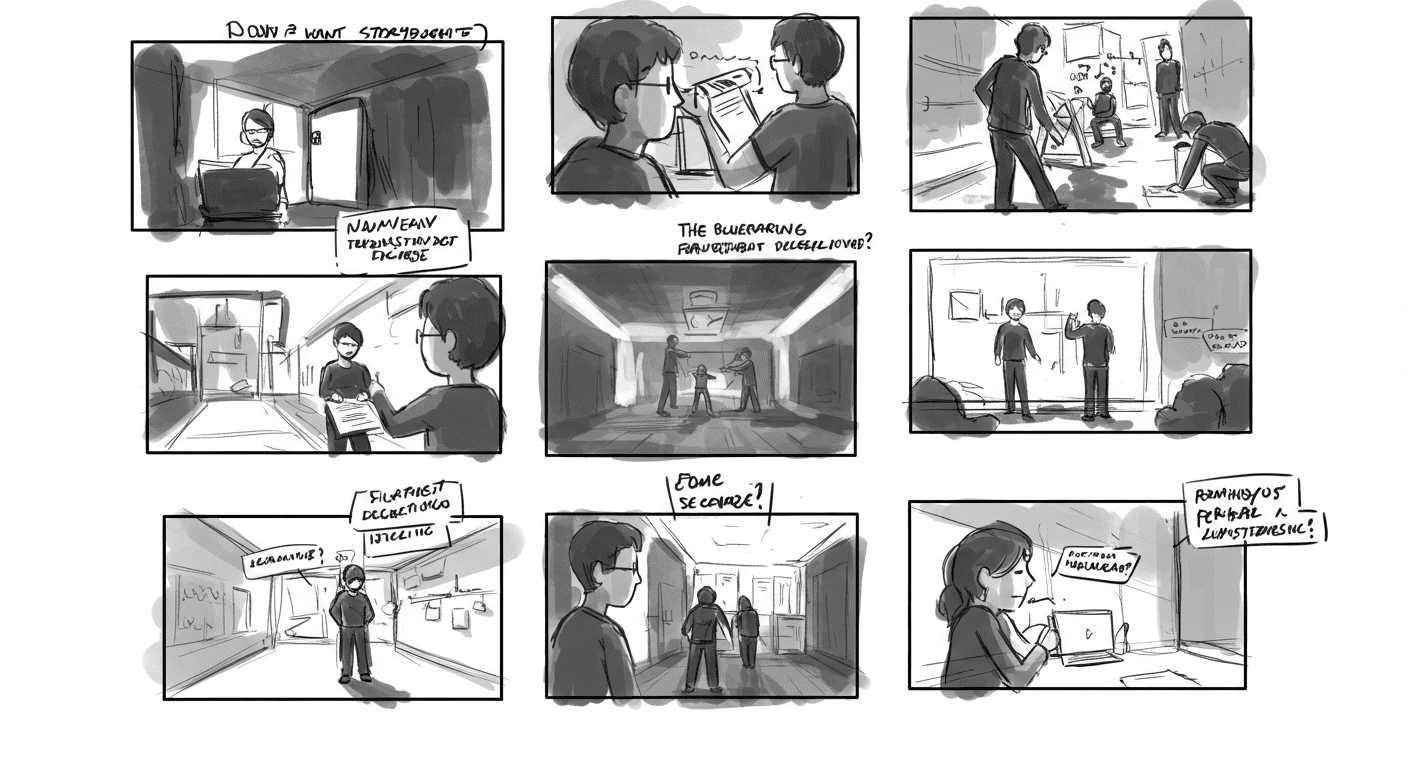
In the digital age, brands and creators compete for attention in a sea of content. Through carefully crafted imagery and design, visual storytelling has emerged as one of the most powerful tools a graphic designer can wield. By combining narrative structure with visual elements, designers can guide viewers through emotional journeys, cement brand identity, and drive engagement. This guide will demystify visual storytelling by revealing its core principles, practical techniques, and professional best practices. Whether you are a seasoned designer or a creative newcomer, you will discover actionable insights to elevate your storytelling projects to new heights.
The Essence of Visual Storytelling
Visual storytelling merges art and narrative to communicate ideas without relying solely on text. It taps into human instincts, drawing on our innate response to images and sequences. A well-told visual story can evoke emotion, spark curiosity, and prompt action more effectively than words alone. Designers achieve this by structuring visual elements—imagery, color, typography, composition—into a coherent narrative flow. This approach helps viewers process complex information quickly and remember key messages. Visual storytelling also fosters stronger brand connections, as audiences relate to characters, scenes, or concepts depicted through design. By weaving a story into every graphic touchpoint, designers can transform static visuals into immersive experiences. Ultimately, the essence of visual storytelling lies in its power to turn abstract ideas into relatable, memorable journeys.
Narrative Structure and Key Elements
Every compelling story relies on a clear beginning, middle, and end—often referred to as setup, confrontation, and resolution. In design, the setup introduces context: Who is the audience? What problem needs solving? The confrontation highlights tension or a challenge, guiding the viewer’s eye through contrast, pacing, or focal shifts. Finally, the resolution delivers the payoff: a solution, a call to action, or an emotional climax. Key elements include characters or personas, visual motifs, and consistent styling. Characters can be literal illustrations or symbolic icons that represent user personas or brand ambassadors. Visual motifs—such as a recurring color accent or shape—provide cohesion across multiple frames or pages. Consistent styling ensures that typography, color, and image treatment feel unified, reinforcing the narrative’s tone and message.
Storyboarding: The Blueprint for Your Visual Narrative

Storyboarding is an indispensable step in planning any multi-scene visual story. It allows you to sketch the flow of panels or screens and refine pacing before committing to high-fidelity assets. Start with rough thumbnails: simple sketches that map out scene sequences and camera angles. Label each frame with notes on transitions, text overlays, or interactive elements if you’re designing digital experiences. Use storyboards to test multiple narrative paths, reorganize sequences, and align your team on visual direction. Digital tools like Adobe XD, Figma, or specialized storyboard software can streamline this process, enabling real-time collaboration and version control. By investing time in storyboarding, you reduce costly revisions and ensure your final deliverables convey the intended emotional arc with maximum impact.
Visual Hierarchy and Composition
Visual hierarchy harnesses scale, contrast, and alignment to guide the viewer’s gaze through your design. The most critical element should draw attention first—often achieved through size, color intensity, or strategic placement. Secondary and tertiary elements then support the narrative by providing context or reinforcing key points. Grids and alignment ensure a balanced composition, making scenes easy to follow. Negative space, or whitespace, gives the eyes room to rest and accentuates focal areas. Leading lines—such as diagonals, arrows, or the gaze of a character—direct viewers along a desired path. Establishing a strong visual hierarchy ensures that your story unfolds naturally, with each element playing a clear role in advancing the narrative.
Color, Typography, and Emotional Impact
Color and typography are powerful emotional triggers in visual storytelling. A well-chosen palette can evoke warmth, urgency, tranquility, or excitement, depending on hue, saturation, and contrast. Use color psychology principles to select a primary palette that aligns with your brand voice and narrative tone. Complementary accent colors can guide attention to calls to action or highlight pivotal moments in the story. Typography carries tone as much as content—the choice of typeface, weight, and spacing influences readability and mood. Serif fonts can convey tradition and reliability, while sans-serif fonts feel modern and approachable. Display or script fonts may add personality but should be used sparingly to avoid distraction. Pair fonts that contrast yet harmonize, maintaining hierarchy through size and weight variations. Together, color and typography amplify the emotional resonance of your narrative, making your story not only seen but felt.
Tools, Resources, and Techniques
A robust toolbox enhances efficiency and creativity in visual storytelling. Industry-standard software like Adobe Photoshop and Illustrator remains essential for detailed illustration and compositing. For multi-screen or interactive narratives, consider Figma or Adobe XD for prototyping and user testing. 3D tools such as Blender or Cinema 4D can add depth and realism, while specialized plug-ins and asset libraries accelerate workflow. Stock image platforms and icon databases offer quick access to high-quality visuals when custom art is impractical. Plugins like IconJar or FontBase help organize assets, ensuring consistency across projects. For collaboration, version control platforms like Abstract or Kitsu keep design files synchronized. Don’t overlook traditional techniques such as hand sketches or mood boards—they foster rapid ideation and creative problem solving. By combining digital and analog methods, you achieve both speed and authenticity in your storytelling process.
Best Practices and Professional Tips
- Start with research: Understand your audience’s needs, aspirations, and pain points before sketching frames.
- Iterate early: Use low-fidelity sketches and wireframes to test narrative flow without heavy investment.
- Maintain consistency: Enforce a style guide for color, typography, imagery, and iconography.
- Leverage contrast: Use tonal or color contrast to punctuate dramatic moments and guide attention.
- Embrace simplicity: Strip away non-essential details to keep the story focused and impactful.
- Test with users: Gather feedback on readability, emotional resonance, and narrative clarity.
- Document your process: Keep a design journal or case study to reflect on lessons learned.
Conclusion
Visual storytelling stands at the intersection of art, psychology, and communication. By mastering narrative structure, composition, color, and typography, graphic and visual designers can craft immersive experiences that resonate deeply with audiences. From initial research and storyboarding to iteration and delivery, each phase of the process contributes to a cohesive, emotionally engaging journey. As you refine your skills, remember that the most memorable stories are those that connect on a human level—stories that surprise, delight, or inspire action. Embrace the principles and techniques in this guide, experiment boldly, and let your designs tell stories that leave a lasting impression.









Leave a Reply